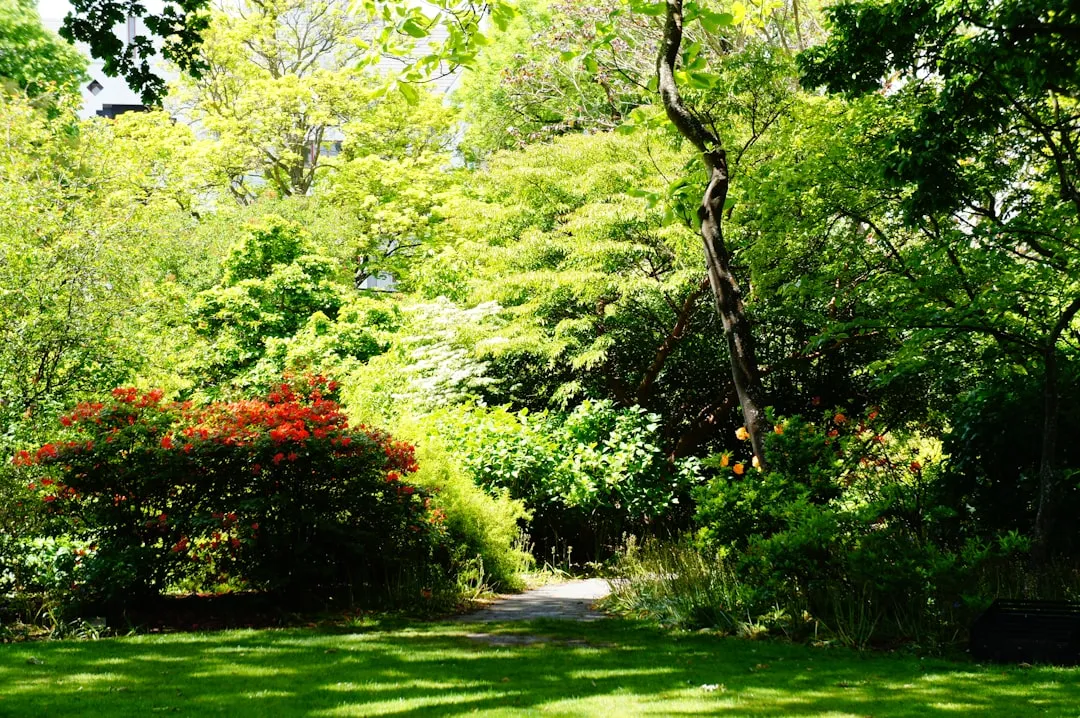Unveiling the Truth: Epsom Salt in Your Garden

When it comes to gardening, there are countless tips and tricks passed down through generations. One such common belief is the use of Epsom salt for plants. But is this really a beneficial practice, or is it just a long - standing garden myth? Let's delve into the matter with insights from experts.
Epsom salt, chemically known as magnesium sulfate, has been a staple in many home gardens for years. The idea behind using it on plants is that it can provide essential nutrients. Magnesium is a crucial element for plant growth. It plays a vital role in photosynthesis, the process by which plants convert sunlight into energy. Without an adequate supply of magnesium, plants may show signs of deficiency, such as yellowing leaves between the veins.
Some gardeners swear by Epsom salt as a miracle solution. They claim that adding it to the soil can lead to lusher foliage, more vibrant blooms, and overall healthier plants. For example, in the case of tomatoes, some believe that Epsom salt can increase the yield and improve the flavor of the fruit. This is because magnesium helps in the production of chlorophyll, which is responsible for the green color of plants and is essential for photosynthesis.
However, not all experts are convinced. According to some horticulturists, the benefits of Epsom salt may be overstated. In many cases, the soil already contains sufficient amounts of magnesium. Adding Epsom salt when it's not needed can actually disrupt the balance of nutrients in the soil. Excessive magnesium can interfere with the uptake of other important nutrients like calcium and potassium. This imbalance can lead to more harm than good for the plants.
To determine whether your plants need Epsom salt, it's essential to test your soil. A simple soil test can reveal the nutrient levels in your garden soil. You can purchase a soil testing kit from a local garden center or send a soil sample to a professional laboratory for a more comprehensive analysis. If the test shows a magnesium deficiency, then using Epsom salt may be a viable solution.
If you decide to use Epsom salt, it's important to use it correctly. You can dissolve Epsom salt in water and use it as a foliar spray or add it directly to the soil. For foliar spraying, mix about two tablespoons of Epsom salt per gallon of water. Spray the solution on the leaves of the plants, making sure to cover both the upper and lower surfaces. When adding it to the soil, sprinkle about one tablespoon of Epsom salt per square foot of soil and then water thoroughly.
Another aspect to consider is the type of plants you have. Some plants are more sensitive to magnesium levels than others. For instance, roses are often recommended to be treated with Epsom salt as it can enhance their color and fragrance. On the other hand, some native plants may not require additional magnesium and could be negatively affected by its over - application.
In conclusion, while Epsom salt can have benefits for plants in cases of magnesium deficiency, it's not a one - size - fits - all solution. It's important to base your decision on scientific evidence and the specific needs of your garden. By testing your soil and understanding the requirements of your plants, you can make an informed choice about whether to use Epsom salt in your gardening routine. This way, you can ensure that your yard remains healthy and vibrant, free from the pitfalls of over - or under - fertilization.
Remember, gardening is a blend of art and science. Using Epsom salt is just one small part of the larger picture of caring for your yard. By staying informed and making well - thought - out decisions, you can create a beautiful and thriving garden that you can be proud of.